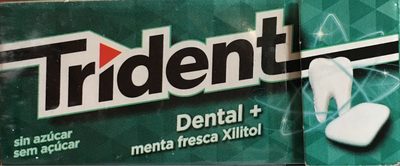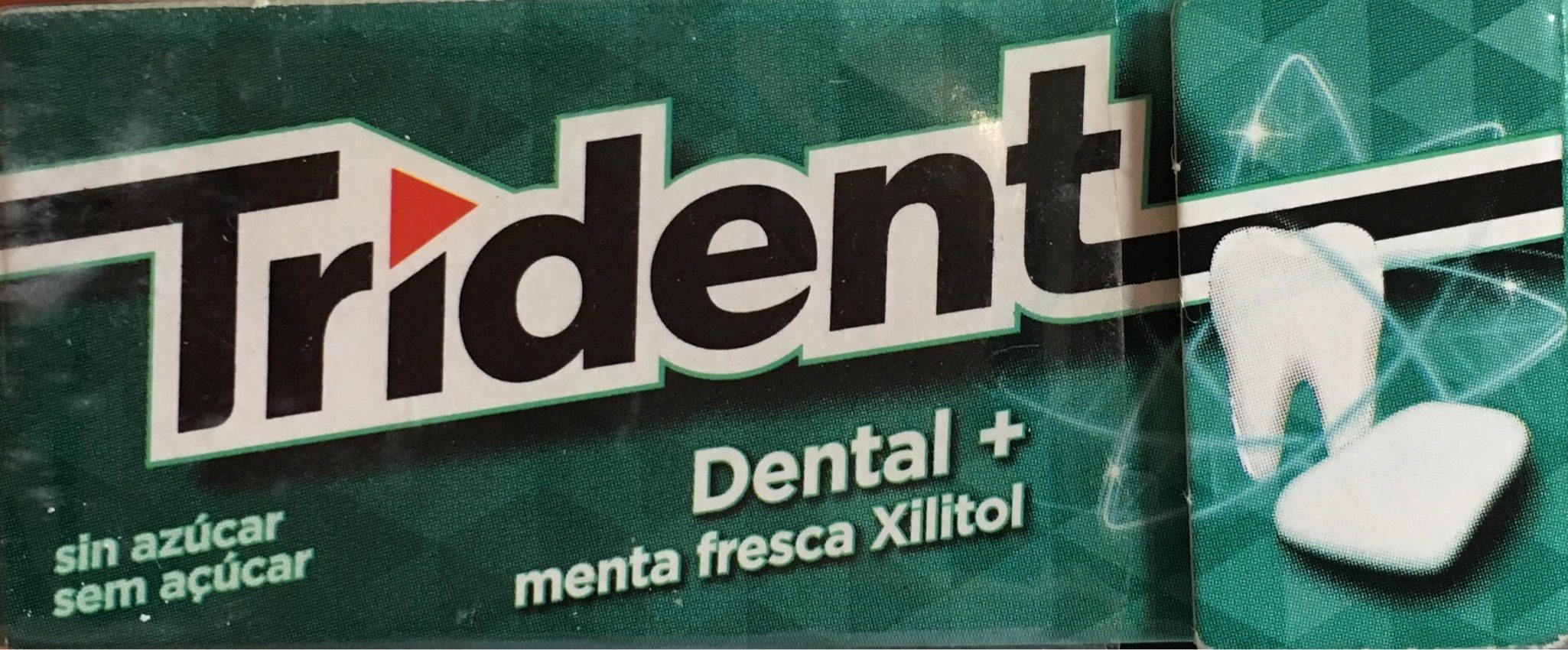Dental+ Menta fresca Xilitol - Trident - 14,5 g (1,45 g x 10)
Aquesta pàgina del producte no està completa. Podeu ajudar a completar-la editant-la i afegint-hi més dades a partir de les fotos ja disponibles, o fent-ne més amb l'aplicació de androide o iPhone / iPad. Gràcies!
×
Codi de barres: 84164384
Nom comú: Chicles sin azúcar con edulcorante sabor menta
Quantitat: 14,5 g (1,45 g x 10)
Empaquetament: fr:Cajita de cartón de bolsillo
Marques: Trident
Categories: Snacks, Aperitius dolços, Llaminadures, Xiclets
Origen dels ingredients: No especificat
Matching with your preferences
Entorn
Empaquetament
Transport
Report a problem
Fonts de dades
Producte afegit per openfoodfacts-contributors
Última modificació de la pàgina del producte per tasja.
La pàgina del producte, també editada per gus, kiliweb, musarana, org-app-elcoco, packbot, tacite, thaialagata, yuka.E75tGdW6NecxQfDo4akt1gaCHeW4EaNkPVJXog, yuka.ZklJNkQ1MHFsdUFXdWNWdjJFcks2K3hSeklXdVQwRHFFYk0rSVE9PQ.









